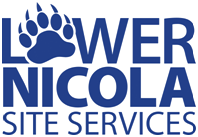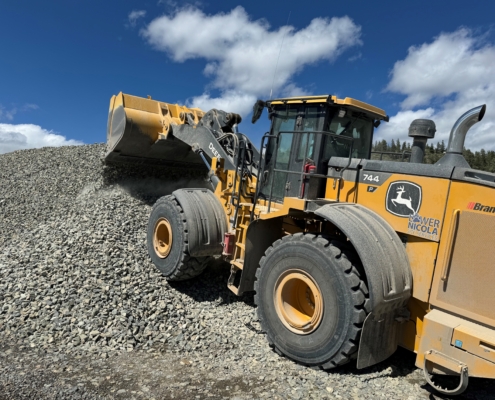We understand that having a strong and effective safety program that is supported by managers will have a positive effect on personal values within our organization. Strong and evident management commitment and safety leadership are vital to this process.
We understand that improved safety equals improved quality and production management systems, and that there is a direct link between organizational management and communication, participation, transparency, and employee empowerment.
Workers are informed of their right and responsibility to refuse unsafe work, know about the hazards in their workplace, and participate in safety matters as part of our safety orientation.
Our communication enables our employees to acquire insight into our safety program expectations and requirements, to receive feedback, to provide input into the program, and to participate in it.
Communications include:
- Safety Culture
- Business and departmental meetings
- Safety meetings
- Daily Tailgate meetings
- JOHSC meetings
- Safety themes
- Safety alerts
- Accident statistics
- Notice boards and posters
- Personal communication – key point tipping; job performance coaching; planned personal contacts;
- Safety Recognition Programs that improve job satisfaction and job pride; good performance is an expectation of the work requirements and is the norm, not the exception.
Our employees know their assigned responsibilities; have the required skills and abilities to perform them; and are motivated to act on them in a manner consistent with goals of program and safety culture. Employee participation in making changes to or suggestions for safety processes allows them to have ownership of the program, to feel empowered and involved. This improves morale and attitude. Continuous training increases knowledge and buy-in.
All safety issues and incidents are discussed and reviewed at all levels. Our Safety Committee is a great employee resource for discussing and resolving health and safety issues and developing a team approach to workplace health and safety. It is understood that safety issues will be assessed with the contribution and input of employees, supervisors, and senior managers.















